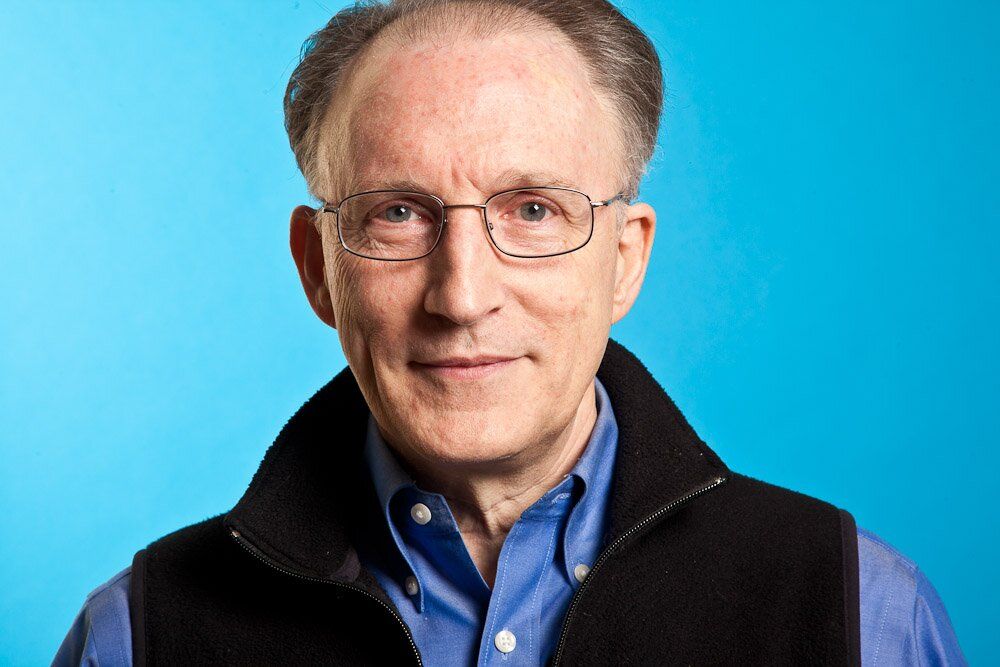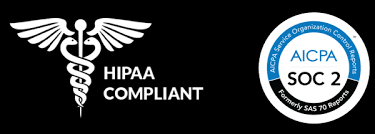
Dr. Garrison Bliss
Dr. Bliss and the Birth of Direct Primary Care
"You can commit yourself to a secure job that makes you hate your life, or you can do this."
Dr. Garrison Bliss didn’t stumble into Direct Primary Care. He built it, piece by piece, choice by choice, over decades of watching the system fail patients and physicians alike.
Widely regarded as the founder of the modern DPC movement, Dr. Bliss’s early years in medicine began conventionally. He trained in academic settings, absorbed the ideals of patient-centered medicine in medical school, and entered the workforce with purpose. But what he found was far from what he’d been taught.
From Ideals to Reality
In school, doctors were taught to listen. Ask open-ended questions. Let patients tell their stories. But in the real-world clinic, appointments lasted ten minutes. Relationships took a backseat to volume. And time—time to think, to care, to connect, was a luxury few physicians could afford.
Still, Dr. Bliss might have stayed the course, until his own son developed a brain tumor.
At one of the country’s top pediatric hospitals, Dr. Bliss witnessed how rules and bureaucracy could override common sense and compassion. His son, post-surgery and hungry for the first time in about six weeks, was denied a simple request for bacon, because the kitchen needed physician approval, and doctors were “on rounds.” Toy boxes in the children’s wing sat empty. Balloons were banned. “None of it made sense,” he recalled.
That experience changed him. He began to ask hard questions, not only about the hospitals but also about his own practice. Were they telling patients the doctor would call back when convenient? Were they creating barriers instead of removing them? And most importantly: were they truly serving people?
In response, his practice made a simple but radical change, they began giving patients direct access to their doctors’ cell phone numbers.
The First Steps Toward a New Model
In 1997, after realizing the primary care practice he led was likely to go underwater financially despite its popularity, Dr. Bliss and his colleagues made a bold move. Two partners left to start a new practice. A year later, Dr. Bliss and others launched a monthly fee practice that would evolve into what we now know as Direct Primary Care.
The goal was simple, but radical: build healthcare that was far better, more accessible, and more humane than the status quo. "Patients needed to feel like they could call, text, or email, and get care today," he said. Accessibility became the guiding principle.Care became relational again.
Policy Hurdles and Systemic Resistance
Pioneering a new model meant confronting resistance at every level. The first major obstacle came from insurance companies.
“When we told insurers we wouldn't bill them anymore, we simply asked to stay on their preferred provider list,” Bliss explained. Some agreed. One did not,and attempted to remove their practice from panels, refuse referrals, and even inform patients that the clinic had “left practice.”
Fortunately, the chief medical officer at that insurance company, someone Dr. Bliss had worked in intensive care, intervened. He didn’t fully understand the model, but he knew good care when he saw it. Not only did the company reverse course, it placed the practice on every one of its plans.
But that was just the beginning. Legal and regulatory opposition followed. The Washington State Insurance Commissioner questioned the legality of monthly fee models. Over time, the movement pushed for protective legislation, and today, 32 states have passed DPC-specific laws to distinguish the model from insurance.
At the national level, one legislative effort has been underway for over a decade. “This is the year,” Bliss said with a hopeful grin. “You can hold me to that.”
A Message to the Next Generation
For young physicians considering Direct Primary Care, Dr. Bliss offered a clear choice:
“You can commit yourself to what looks like a secure position, which will make you crazy and jaded, or you can do this. It may look like the risky option, but it’s really the least risky option.”
He warned that success wouldn’t come overnight. Without the pipeline of insurance-assigned patients, DPC physicians must build relationships and trust from the ground up. “Patients pick you. It takes time. Get used to it.”
On the Future of Care and the Role of Data
For Dr. Bliss, data is more than numbers, it’s how you turn belief into proof. Especially with employers, it helps show that DPC doesn’t just feel right, it works.
Despite producing real-world evidence of a 20% cost reduction across multiple settings, DPC advocates often encountered skepticism. In one case, a Medicaid-managed care organization refused to release data that would have confirmed the model’s effectiveness. “They said we just had healthier people. They didn’t know how to use data. And they had the answers in their hands.”
Dr. Bliss remains optimistic: “We’re going to solve that problem. Our data will be public. And you guys are going to help do that.”
A Cultural Movement, Not Just a Model
As AI and technology continue to evolve, Dr. Bliss believes the true power of DPC lies in changing the culture of care.
“This isn’t about systems or middle management or getting more money. It’s about producing the right thing at the right time for the right patients.”
With a vision grounded in trust, simplicity, and purpose, Dr. Bliss reminds us that the future of healthcare won’t just be built, it will be reimagined.
Interested to share your story?
Contact us today & Let us know!



